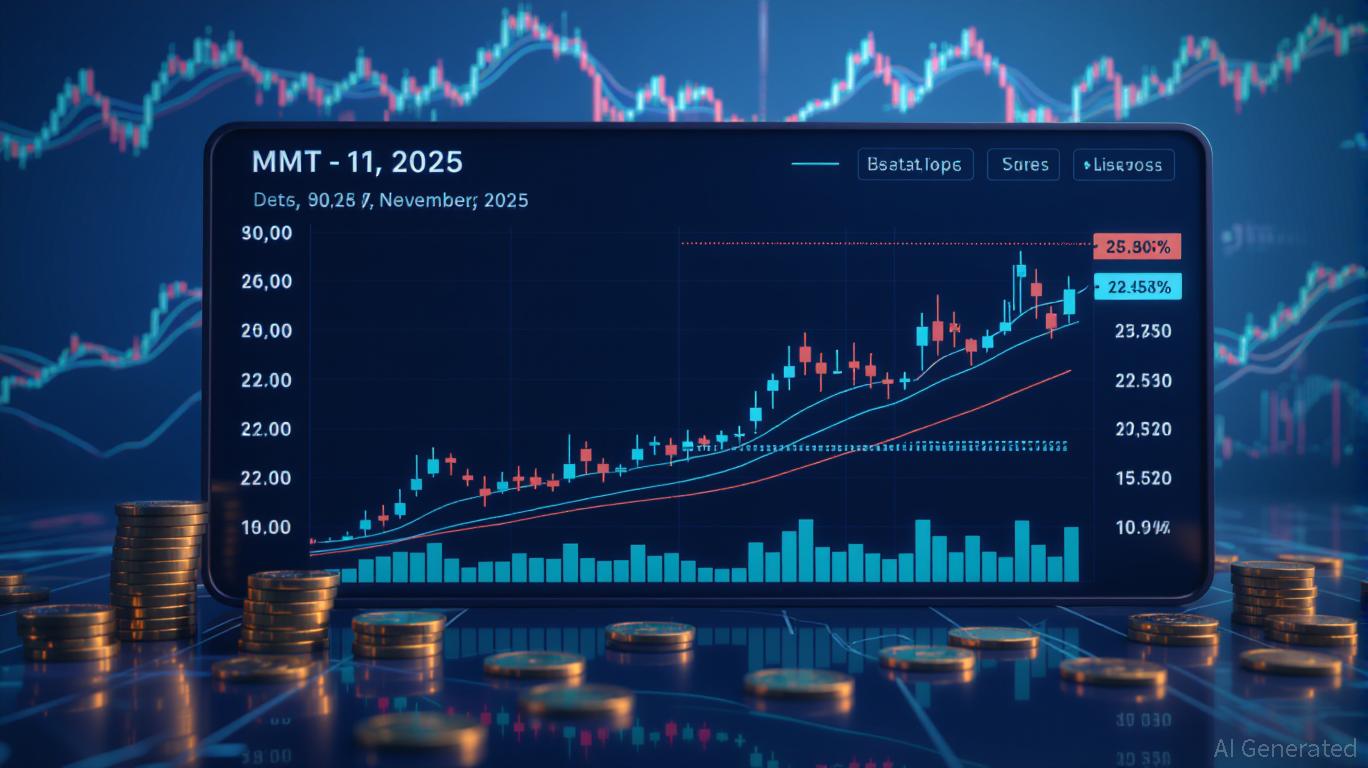Europe’s Stock Markets Log Their Strongest Week in Six Months
The European stock market has just closed an exceptional week. The STOXX 600 rises by 2.8% and continues to break historical records. Health, banks, and mining lead the way, driven by palpable optimism. But can this euphoria last in the face of the monetary turbulences looming across the Atlantic?

In brief
- The STOXX 600 rises by 2.8% over the week, setting three consecutive records and marking its best weekly performance in six months.
- The sectors of health, banks, and mining lead the way, with spectacular leaps by AstraZeneca, Novo Nordisk, and Raiffeisen.
- Investors are betting heavily on another Fed rate cut this month, despite the delay in the US employment report.
- The performance gap between the STOXX 600 (+12.4%) and the S&P 500 (+14.7%) gradually narrows over the year.
A Golden Week for the European Stock Market
European markets have recorded their best week in six months. The STOXX 600 rose by 0.5% on Friday, achieving a third record in a row, for a weekly gain of 2.8%.
A notable performance for the European stock market, while on the other side of the Atlantic, the threat of an American shutdown unsettles the markets , weakens the dollar, and pushes gold higher.
The health sector established itself as the main driver of this momentum. On Friday, it rose by 1.3%, buoyed by giants AstraZeneca (+1.6%) and Novo Nordisk (+2.1%). This surge followed a price agreement reached by Pfizer in the United States, which helped ease concerns related to tariffs.
For UBS, “While the Pfizer deal is not an outright ‘all clear’ signal for the sector, with key details lacking on the tariffs, a boost in near-term sentiment and robust long-term drivers should support a positive outlook”, even if the details of the agreement remain incomplete.
Banks also largely contributed to this improvement. The sector rose by 1%, with a remarkable performance from Raiffeisen, up 7.4%. This surge is explained by discussions within the European Union on a possible lifting of sanctions targeting the Russian billionaire Oleg Deripaska’s assets, in order to compensate the Austrian bank. ABN Amro also stood out, gaining 2.7% after Goldman Sachs upgraded its recommendation from “sell” to “buy”.
Finally, mining companies completed this positive picture. The basic resources index increased by 1.7%, supported by the rise in metal prices. Thanks to this collective performance, the STOXX 600 now shows a gain of 12.4% since the beginning of the year, narrowing the gap with the American S&P 500, up 14.7%. The European stock market thus regains a momentum that brings it closer to Wall Street.
The Fed at the Center of All Attention
The budget paralysis in Washington postponed the publication of the US employment report, initially expected on Friday. Yet this document is a crucial reference for the Federal Reserve, which uses it to calibrate its monetary policy. However, this setback did not dampen the optimism of European investors.
According to the CME FedWatch tool, markets almost unanimously expect another Fed rate cut by the end of the month.
Fiona Cincotta, analyst at City Index, sums up the prevailing mindset well: “It does very much feel that the market is looking past the ongoing U.S. government shutdown and focusing on Fed rate cut expectations“.
This confidence is notably supported by a disappointing report on private employment published earlier in the week.
But behind this enthusiasm lies a complex equation. Jerome Powell has reminded that no decision on interest rates is without risk. The Fed finds itself in a strategic deadlock. Some members, like Stephen Miran, advocate for more clear cuts to support employment, while others fear persistent inflation, at 2.9%, which is above the 2% target.
In Europe, the picture remains mixed. The Eurozone services sector grew at its fastest pace in eight months, driven by Germany. France, on the other hand, experienced a stronger than expected contraction, and the United Kingdom saw its activity slow to a five-month low.
Will this European momentum, fueled by hopes for US monetary easing , be sustainable? It will all depend on the Fed’s decisions and its ability to balance employment and inflation. For now, the markets prefer optimism. But economic reality could quickly call them to order.
Disclaimer: The content of this article solely reflects the author's opinion and does not represent the platform in any capacity. This article is not intended to serve as a reference for making investment decisions.
You may also like
Solana News Today: "Solana Treasury Allocates Billions in Staking, Offering 7.7% Returns Amid Ongoing Market Skepticism About Crypto Rebound"
- Upexi , a Nasdaq-listed Solana treasury firm, reported $66.7M net income in Q1 2026, driven by $78M in unrealized gains from its 2.18M SOL holdings. - The Solana treasury sector now holds 24.2M SOL ($3.44B), with Upexi ranking fourth and staking yields averaging 7.7% as a corporate asset class. - Market volatility triggered defensive moves like Upexi's $50M share buyback, while its stock trades at 0.68x NAV amid broader crypto skepticism. - Solana's on-chain activity outpaces Ethereum , with TVL reaching

COAI's Significant Price Decline: The Result of Leadership Instability, Ongoing Legal Issues, and Ambiguous Regulatory Environment
- COAI Index fell 88% YTD in 2025, driven by AI/crypto AI sector selloff amid governance failures and regulatory uncertainty. - C3.ai's leadership crisis and unresolved lawsuit eroded investor trust, compounding COAI's decline as index cornerstone. - Vague CLARITY Act left AI-based crypto projects in legal gray zones, triggering risk-off trading toward established tech stocks. - C3.ai's $116.8M Q1 loss and sector-wide weakness highlighted structural risks despite 21% revenue growth. - Analysts debate if CO

MMT Value Forecast and Investor Outlook for November 2025: Evaluating Reliability During Economic Changes
- MMT token surged 1,300% in Nov 2025 due to Binance listings, airdrops, and institutional investments. - 1607 Capital increased MMT-linked fund stake by 84.7%, but dividend sustainability remains unclear. - Fed policy and missing inflation data (due to 2025 government shutdown) cloud macroeconomic alignment. - MMT's volatility ($4.40 to $2.54) highlights speculative nature despite structural catalysts. - Long-term credibility depends on macroeconomic clarity and Fed policy shifts, not just exchange-driven

LUNA Declines by 0.62% as Ongoing Yearly Downtrend Persists in Uncertain Market Conditions
- LUNA fell 0.62% on Nov 16, 2025, continuing an 80.61% annual decline amid crypto market volatility. - The drop reflects macroeconomic pressures, regulatory scrutiny, and waning investor risk appetite in digital assets. - Technical analysis shows broken support levels and weak buying pressure, indicating a prolonged bearish phase. - Backtesting reveals sharp declines often trigger panic selling and sector-wide market erosion, compounding losses. - Prolonged depreciation risks eroding investor confidence u
